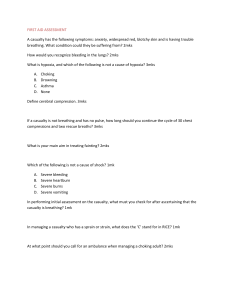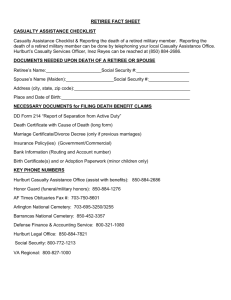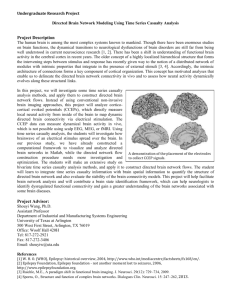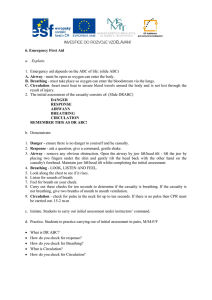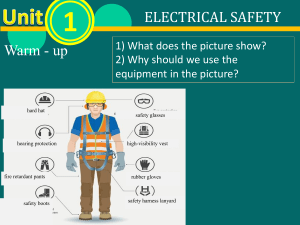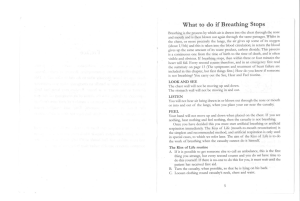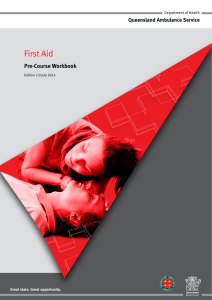s Electricity 10 STUDENT SAFETY SHEETS
advertisement
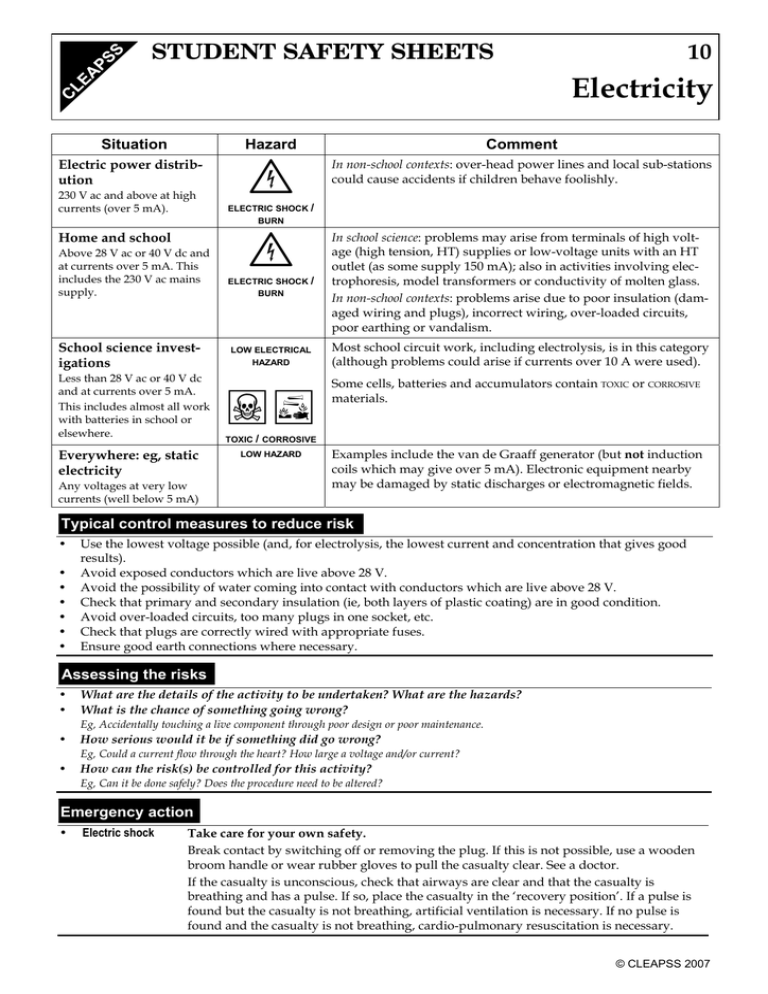
10 STUDENT SAFETY SHEETS Electricity Situation Electric power distribution 230 V ac and above at high currents (over 5 mA). Home and school Above 28 V ac or 40 V dc and at currents over 5 mA. This includes the 230 V ac mains supply. School science investigations Less than 28 V ac or 40 V dc and at currents over 5 mA. This includes almost all work with batteries in school or elsewhere. Everywhere: eg, static electricity Any voltages at very low currents (well below 5 mA) Hazard Comment s In non-school contexts: over-head power lines and local sub-stations could cause accidents if children behave foolishly. ELECTRIC SHOCK / BURN ELECTRIC SHOCK / BURN In school science: problems may arise from terminals of high voltage (high tension, HT) supplies or low-voltage units with an HT outlet (as some supply 150 mA); also in activities involving electrophoresis, model transformers or conductivity of molten glass. In non-school contexts: problems arise due to poor insulation (damaged wiring and plugs), incorrect wiring, over-loaded circuits, poor earthing or vandalism. LOW ELECTRICAL HAZARD Most school circuit work, including electrolysis, is in this category (although problems could arise if currents over 10 A were used). s TC Some cells, batteries and accumulators contain TOXIC or CORROSIVE materials. TOXIC / CORROSIVE LOW HAZARD Examples include the van de Graaff generator (but not induction coils which may give over 5 mA). Electronic equipment nearby may be damaged by static discharges or electromagnetic fields. Typical control measures to reduce risk • • • • • • • Use the lowest voltage possible (and, for electrolysis, the lowest current and concentration that gives good results). Avoid exposed conductors which are live above 28 V. Avoid the possibility of water coming into contact with conductors which are live above 28 V. Check that primary and secondary insulation (ie, both layers of plastic coating) are in good condition. Avoid over-loaded circuits, too many plugs in one socket, etc. Check that plugs are correctly wired with appropriate fuses. Ensure good earth connections where necessary. Assessing the risks • • What are the details of the activity to be undertaken? What are the hazards? What is the chance of something going wrong? Eg, Accidentally touching a live component through poor design or poor maintenance. • How serious would it be if something did go wrong? Eg, Could a current flow through the heart? How large a voltage and/or current? • How can the risk(s) be controlled for this activity? Eg, Can it be done safely? Does the procedure need to be altered? Emergency action • Electric shock Take care for your own safety. Break contact by switching off or removing the plug. If this is not possible, use a wooden broom handle or wear rubber gloves to pull the casualty clear. See a doctor. If the casualty is unconscious, check that airways are clear and that the casualty is breathing and has a pulse. If so, place the casualty in the ‘recovery position’. If a pulse is found but the casualty is not breathing, artificial ventilation is necessary. If no pulse is found and the casualty is not breathing, cardio-pulmonary resuscitation is necessary. © CLEAPSS 2007
